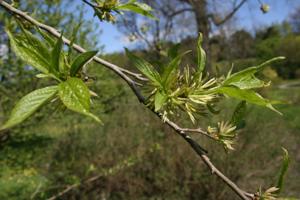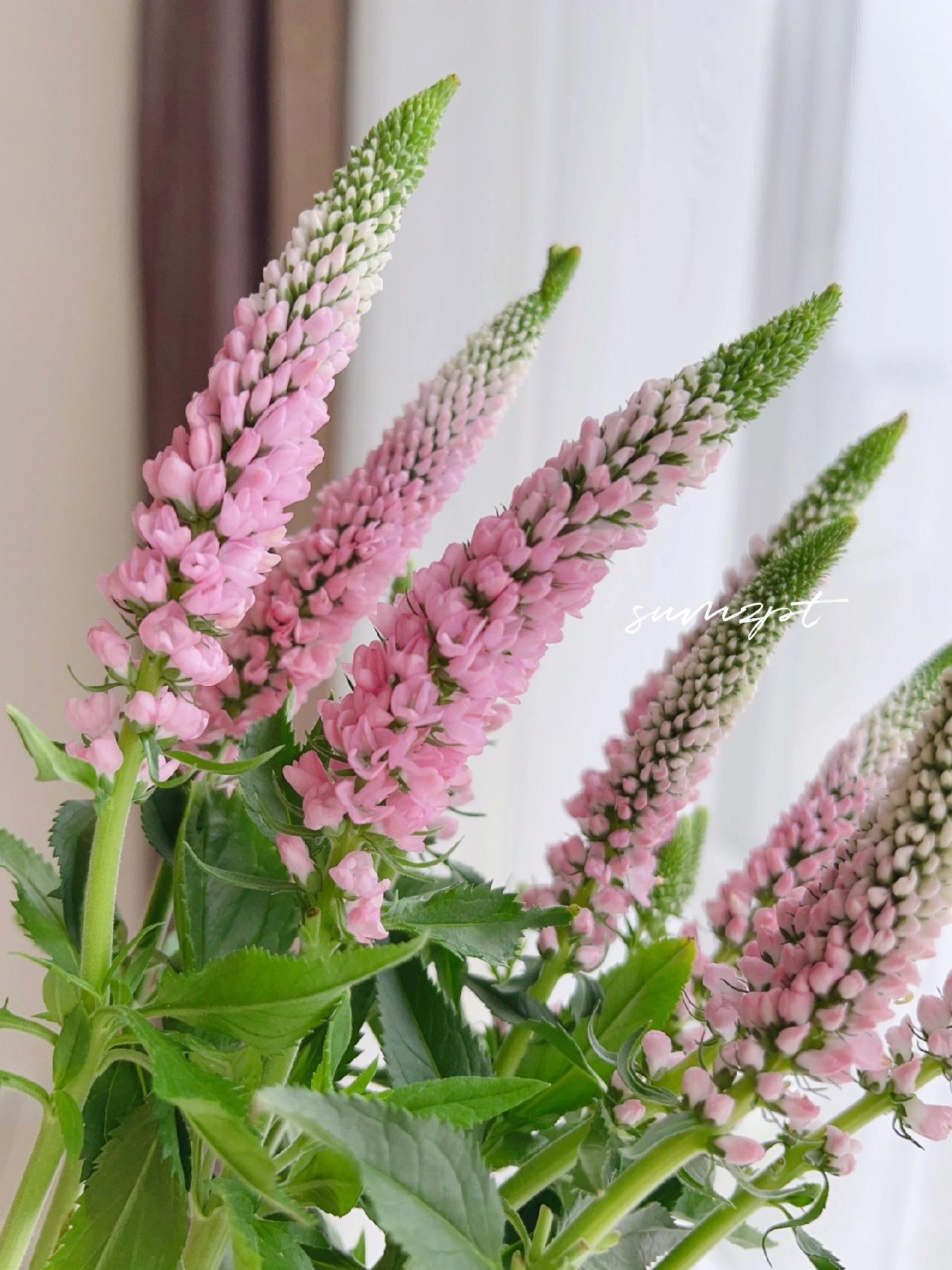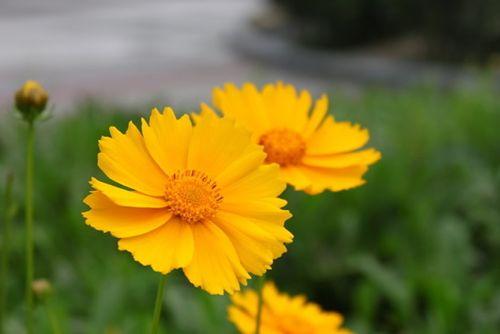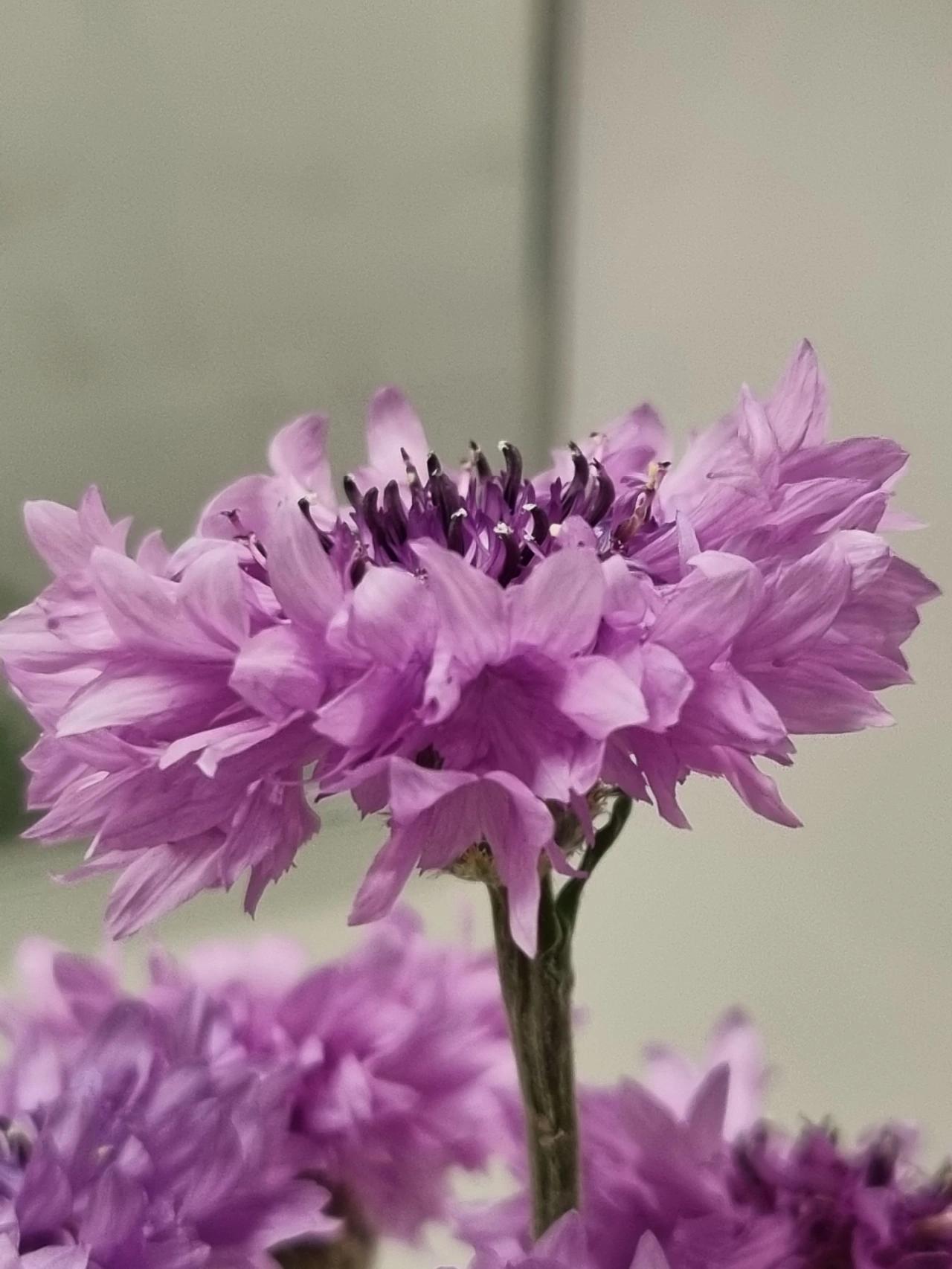Eucommia is a fascinating plant with a captivating story. Native to China, it is known as “Du Zhong” in Chinese folklore. Legend has it that during a great flood, a mother and son took refuge on a mountaintop. As they prayed for help, a majestic tree emerged, the Eucommia, stretching its branches towards the sky. The tree provided them with shelter, food, and healing properties. Inspired by their gratitude, the locals began cultivating Eucommia, appreciating its ability to strengthen the body. Today, Eucommia is revered for its medicinal properties and continues to be treasured for its connection to this mythical tale.
Picture

Plant some seeds now!
Short Description
Eucommia is a genus of small trees now native to China, with a fossil record that shows a much wider distribution. The single living species, Eucommia ulmoides, is near threatened in the wild, but is widely cultivated in China for its bark, and is highly valued in herbology such as traditional Chinese medicine.
Description
Modern Eucommia trees grow to about 15 m tall. The leaves are deciduous, arranged alternately, simple ovate with an acuminate tip, 8–16 cm (3.1–6.3 in) long, and with a serrated margin. If a leaf is torn across, strands of latex exude from the leaf veins and solidify into rubber and hold the two parts of the leaf together. It flowers from March to May with the flowers being inconspicuous, small, and greenish. The fruits ripen between June and November and are a winged samara with one seed, very similar to an elm samara in appearance.
The modern fruits are 2–3 cm (0.79–1.18 in) long and 1–2 cm (0.39–0.79 in) broad, while fruits of the extinct species range up to 21 millimetres (0.83 in) long.
Eucommia is dioecious, with separate male and female plants.



